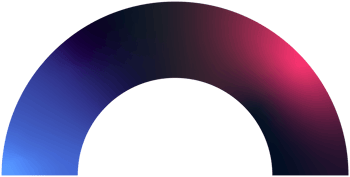As mentioned, online exam monitoring software uses the tools available in a digital environment (video, audio, screen recording, etc.) to hinder cheating. They use these tools to flag activities and alert the teacher or proctor of a potential violation.
There are three main online exam monitoring methods that we will cover!
Live online exam proctoring
Live online exam proctoring uses the students’ web camera and streams the video feed to the teacher or the proctor in real-time. The teacher or proctor can monitor for any behavior they believe means the student is cheating and interact with them via a chat function or another method.
This method requires the proctor to be monitoring each student’s stream closely. It is, however, a simple way of getting started with online proctoring and gives the proctor the ability to make the judgment call on whether or not they believe the student has done anything to cheat.
Recorded online exam proctoring
Recorded exam proctoring is different from live online proctoring in that it is not a live stream, and teachers cannot interact with students in real-time. Recorded online proctoring records the students while taking the test through their web camera and can include audio recording. The teacher can view the video later if anything suggests cheating.
This proctoring option allows students to take their exams when and where they would like and does not require the teacher or proctor to be present during the exam. This option is flexible for both teachers and students, but there is a chance that cheating gets missed.
When choosing an online proctoring software that works with this type of proctoring, ensure they have all the necessary processes for data protection and are GDPR compliant.
AI online exam proctoring
AI (Artificial Intelligence) exam proctoring is the option that varies the most in which features are offered or included. How this online proctoring method works depends heavily on the software you choose. We will cover the basics of how AI proctoring tends to work overall.
The software records (either with video or both video and audio) the student as they are taking the exam and automatically flags behaviors it believes indicate the student is cheating. There is not always human intervention involved with this method which can put students at a disadvantage. It also does not allow teachers to be the final judge on whether or not they believe the student did cheat. The benefit is that it puts less work on the teacher to monitor students themselves.

















